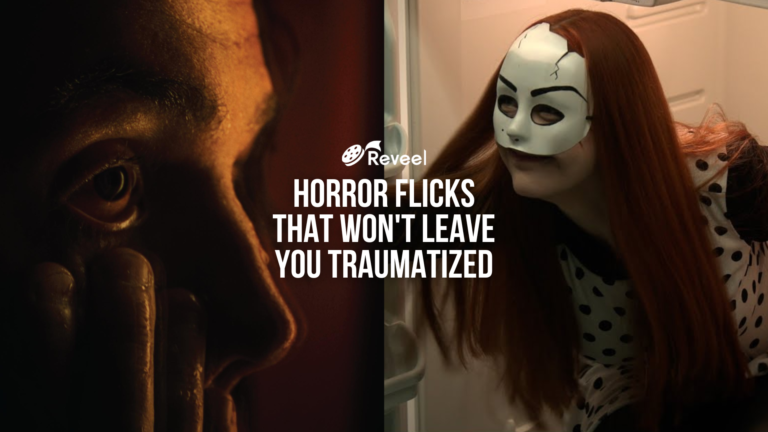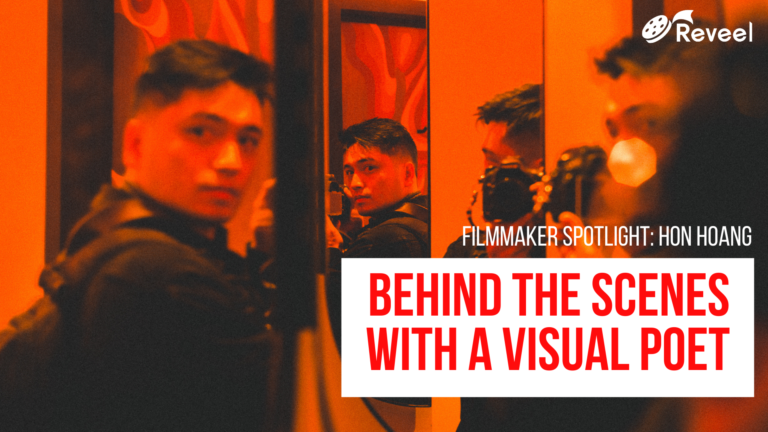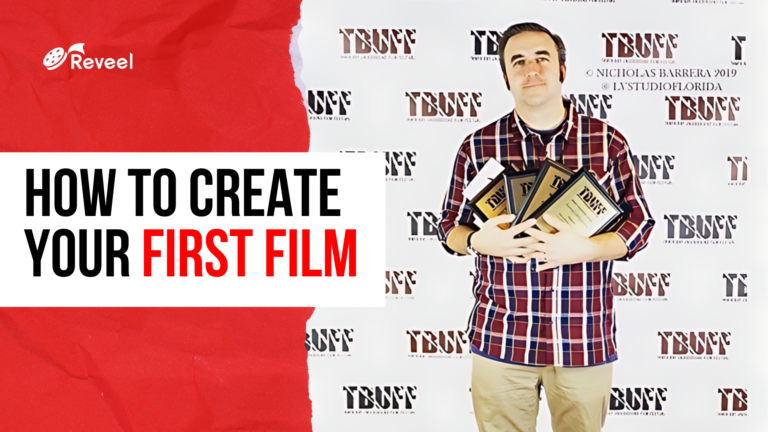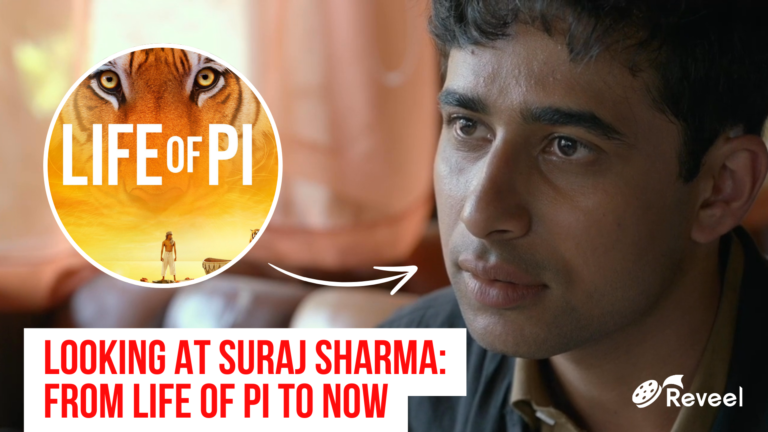The allure of nostalgia tempts us all, evoking yearnings for simpler times gone by. But what if one could truly revisit the past? Filmmaker Harry Wells (not the one from CW’s ‘The Flash’) explores this premise in his thought-provoking short film, examining the implications of a hypothetical “nostalgia pill” capable of resurrecting cherished memories.
With inventive cinematography transcending limited resources, Harry delivers a compact yet impactful story that subverts expectations. We sat down with Harry to discuss his artistic approach to this imaginative short film.
1. In your own words, can you describe the story in “Nostalgia”?
Nostalgia follows the story of a young man who is depressed and stuck in a loop. He doesn’t know where he’s going in life and he really wants to know where he’s going in life. Everything’s just bland and boring. Upon meeting a friend for a drink, he’s introduced to a nostalgia tab.
This is an untested drug, making its way around the underworld, the side effects are unknown. But the thing about this drug, it can turn your dreams into vivid memories from your childhood, taking you back in time whilst you sleep, almost.
2. What was the theme behind “Nostalgia” and how did you discover this idea?
There’s multiple themes involved in the film such as reflection, childhood, and of course nostalgia. Some of these stem from when I watched an old childhood video, and I kind of remembered how colorful and careless everything was back then.
Of course, as you grow up to become an adult, you realize that perhaps the world wasn’t as bright as what you remembered, which isn’t necessarily a bad thing. It’s just a part of growing up. But I want to write a story about someone who couldn’t really accept that, couldn’t accept growing up, couldn’t accept that life perhaps wasn’t what they remembered as a child.
3. Dealing with a heavier topic, how did you go about the casting process and bringing out their best performances?
I’m very fortunate to have two fantastic actors on board in Luke Adams and Liam Rowley. Luke did a fantastic job of bringing forward the mannerisms and idiosyncrasies of the character I had written. I believe playing any character that has mental health issues is extremely challenging as you really have to deep dive into the emotions that they’re feeling and project that through not only dialogue, but actions, facial expressions and body language.
And I think Luke did a fantastic job doing that. With Liam, to play an abusive father must have been incredibly challenging. Liam took the challenge on with both hands and really brought forward a fantastic performance. If you meet Liam you’ll know he’s the complete opposite of the character that he’s portraying. So seeing him switch from this nice guy to this bad guy was really quite impressive but also a little bit scary. In regards to directing I sent Luke and Liam the script and was pretty flexible in how they perceived it.
4. What were your biggest takeaways from creating this story-driven short with little resources?
The challenge of creating a story with resources is because it brings out different challenges in my writing. Knowing I’m more restricted to characters and locations, it motivates me to create a more concise and robust piece. That really emphasizes on the characters and their personalities. Filmmaking is not easy. It takes a lot of time, effort and willpower. The rewards that you get from it are totally worth any struggle that you go through in the build-up.
5. What inspired you to use black-and-white only in the present? How did you approach cinematography?
Black and White was great for numerous reasons. Number one being that it really emphasizes the way that our main character feels. He feels like the world is black and white. There’s no color. I believe black and white emphasizes emotional state.
Another reason being that once the character enters his dream state, we could really play on colors from the dream to really pop out and kind of show just how much this character thought of the past and how important it was to him, really. And, well, the last thing and reason, black and white is cheap.
I didn’t have to do any lighting setups. And as an amateur filmmaker, I didn’t have any lighting setups. I don’t have the money to buy a big, expensive lighting kit. So black and white, not only did it feel right to the story, but it also felt right to my wallet. Even better.
6. What are some of your favorite filmmakers? Who are you influenced by?
Damien Chazelle became a huge inspiration to me. Whiplash and Babylon are two of my favorite films. The character-driven story of Whiplash is so well put together and is a real realistic element. More influences include Edgar Wright, Guy Ritchie, Quentin Tarantino and Alfred Hitchcock. Rear Window is probably my favorite film of all time. It’s a fantastic example of creating an exciting narrative set in only one location.
7. Finally, what does storytelling mean to you?
Escapism. I love going to the cinema and knowing for two hours or so I’m going to be completely immersed in these characters’ stories and their adventure and where they go. I think at that time you get so lost in it that you’re not thinking about where your car’s parked. You’re not thinking about work in the morning. You’re not thinking about what errands you have to run. You’re just completely immersed in these characters’ stories and that’s what I love about film.
Watch Nostalgia on Reveel
A depressed man seeks happiness from his childhood in the form of a “Nostalgia Tab” – an untested drug making its way around the underworld. With the side effects unknown, he soon realizes his childhood wasn’t all he thought it was.
All-Time Popular Blogs
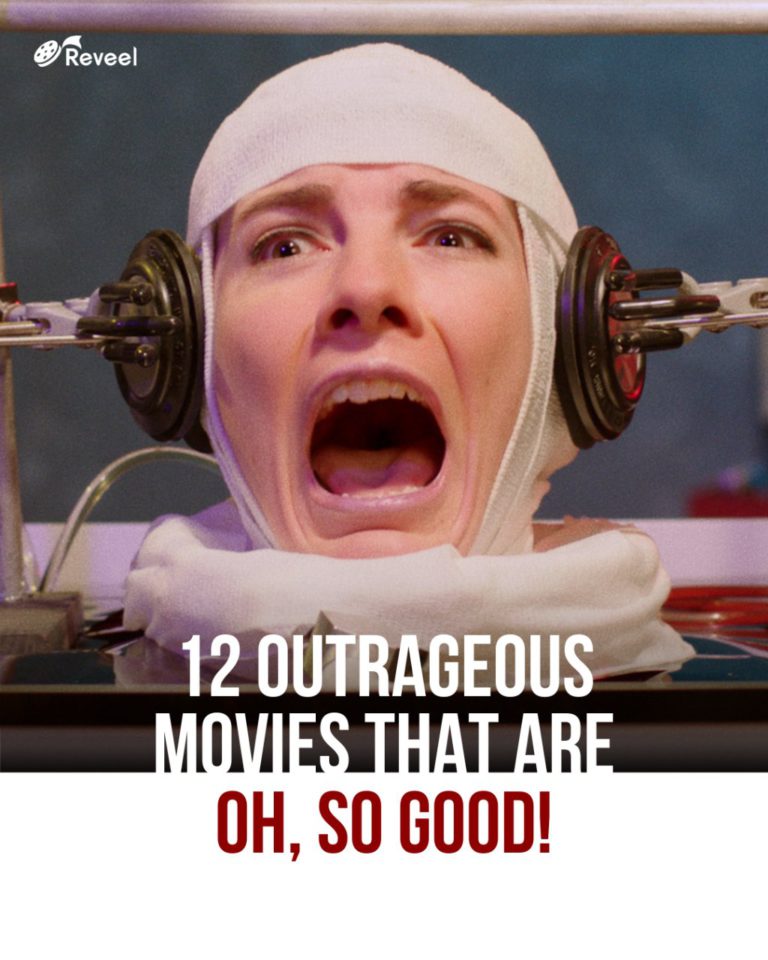
12 Horror Movies So Ridiculous – Ridiculously Good
We all know the allure of a good guilty pleasure flick — movies so ludicrous and outlandishly executed that we can’t help but be bowled over by the audacity. Welcome...
Read More
Best Free Filipino Movies You Can Watch Right Now
“There’s always a Filipino somewhere” is a well-known fact, and it’s true even in streaming platforms. Of course we have some right here in Reveel. From the adrenaline-infused streets of...
Read More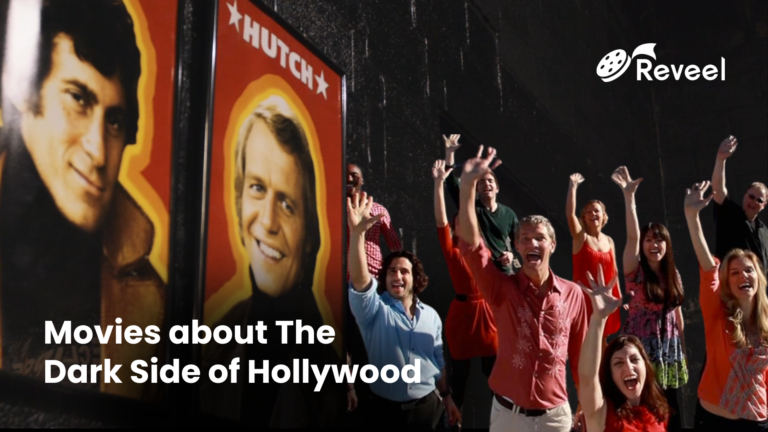
Movies about The Dark Side of Hollywood and Fame
The darker side of Hollywood—the side rife with scandal, exploitation, and the unyielding pressure to remain in vogue—is a tale as old as cinema itself. Yet, these stories never fail...
Read More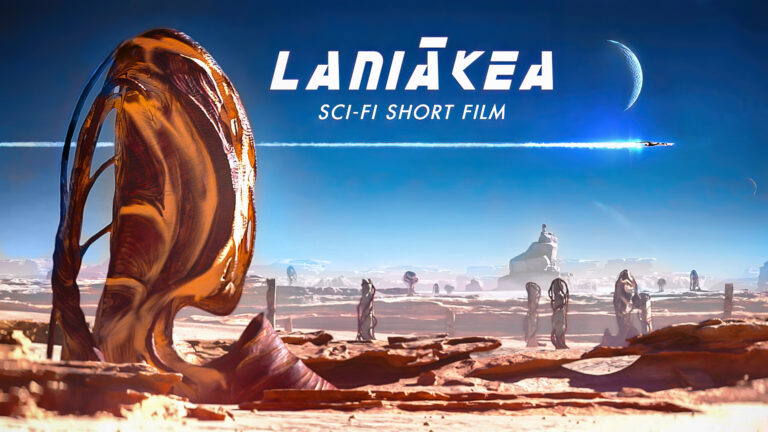
Reveel Interviews Dima Taran: The Filmmaker Behind The Animated Short ‘Laniakea’
What if we are alone in the universe? This question is at the core of the short film Laniakea. Originally created as a college project by Dima Taran, the film...
Read More
5 Best Animated Short Films To Watch For Free On Reveel
Sometimes the best stories aren’t the longest, they are the shortest. Short films have perfected the art of telling a captivating story in just a few minutes and animated shorts...
Read More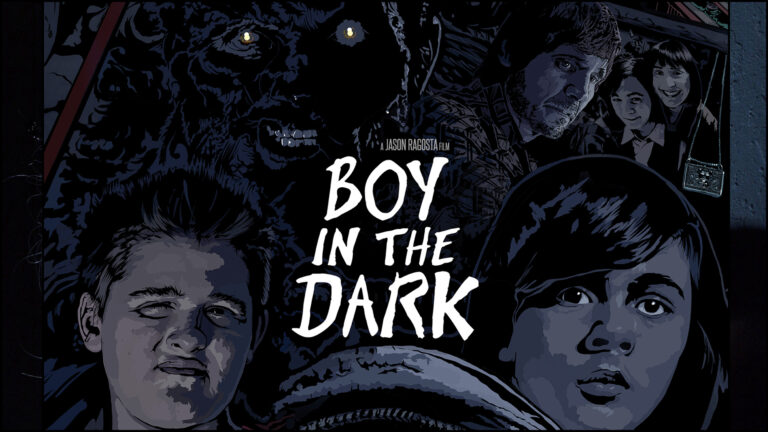
Reveel Interviews Jason Ragosta: The Filmmaker Behind The Short ‘Boy In The Dark’
Most, if not all, children had night terrors growing up. Some would hide under the covers. Others would yell for their parents. Kid-version Jason Ragosta, screenwriter and director, decided to...
Read More


